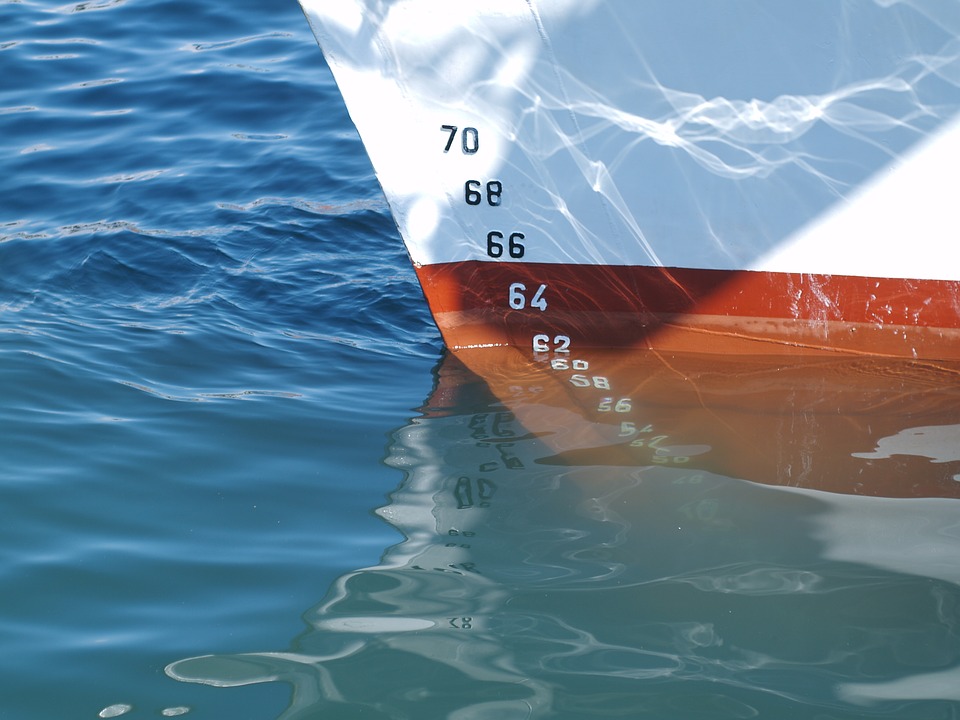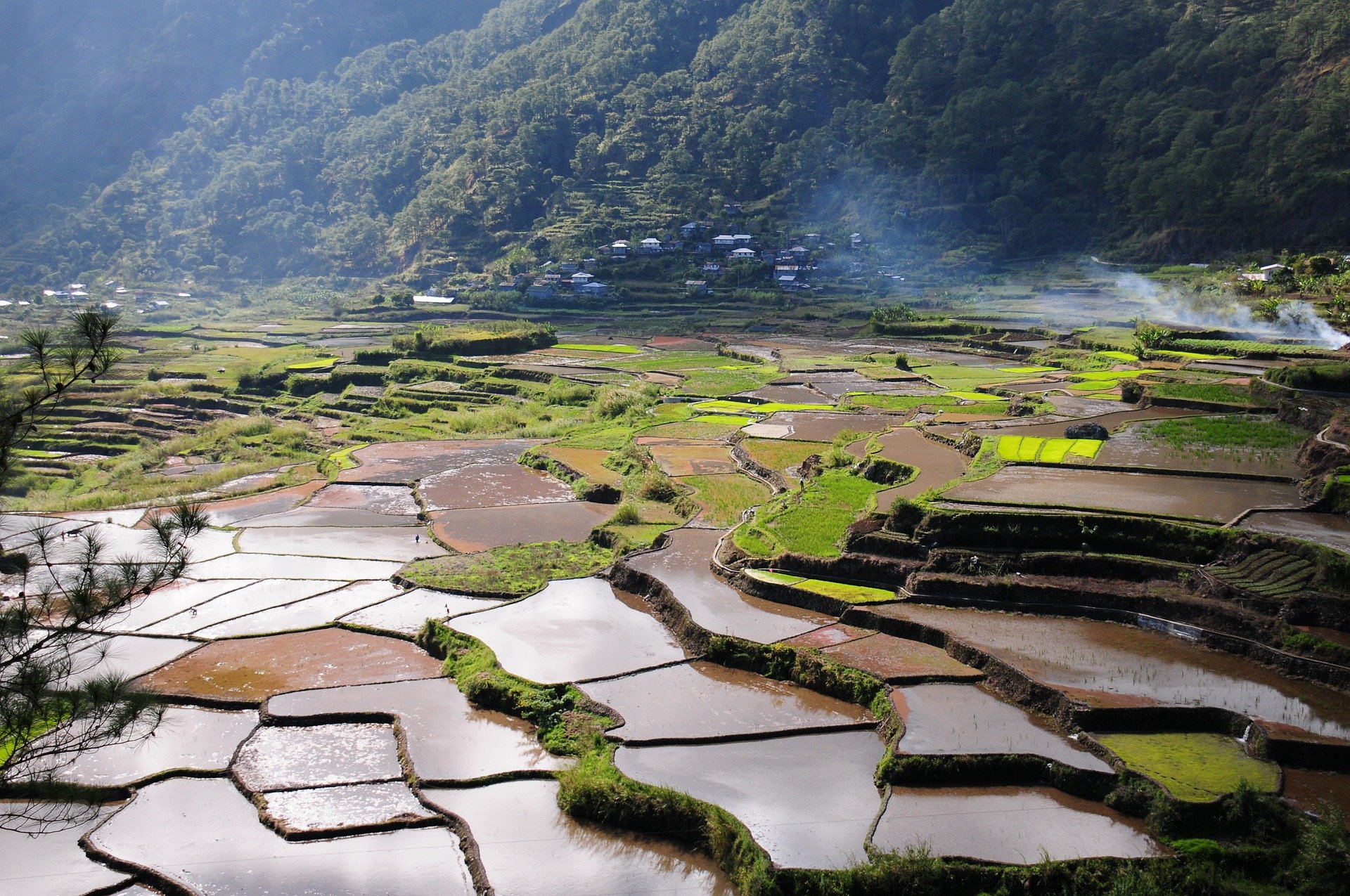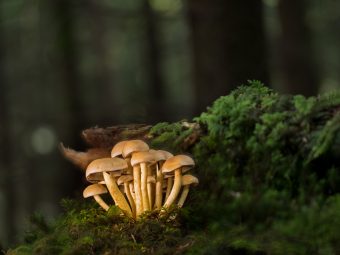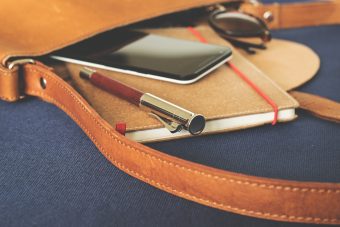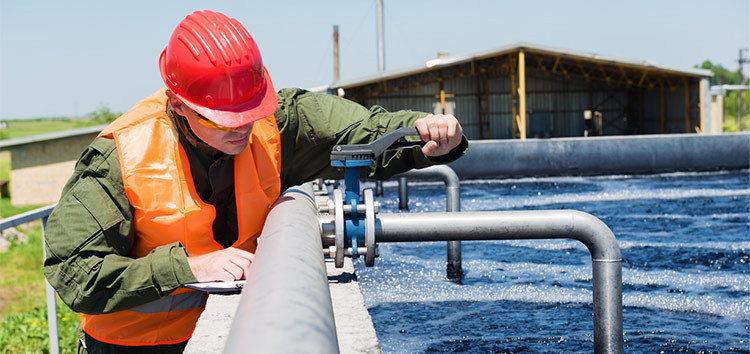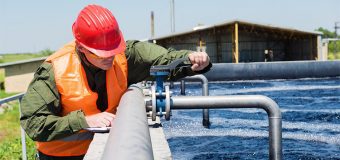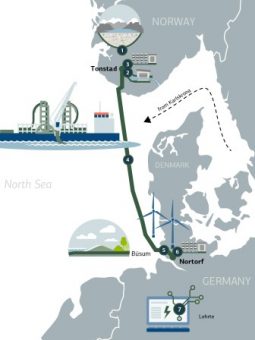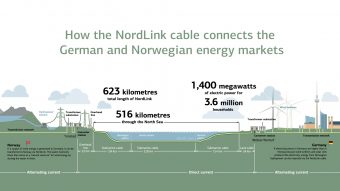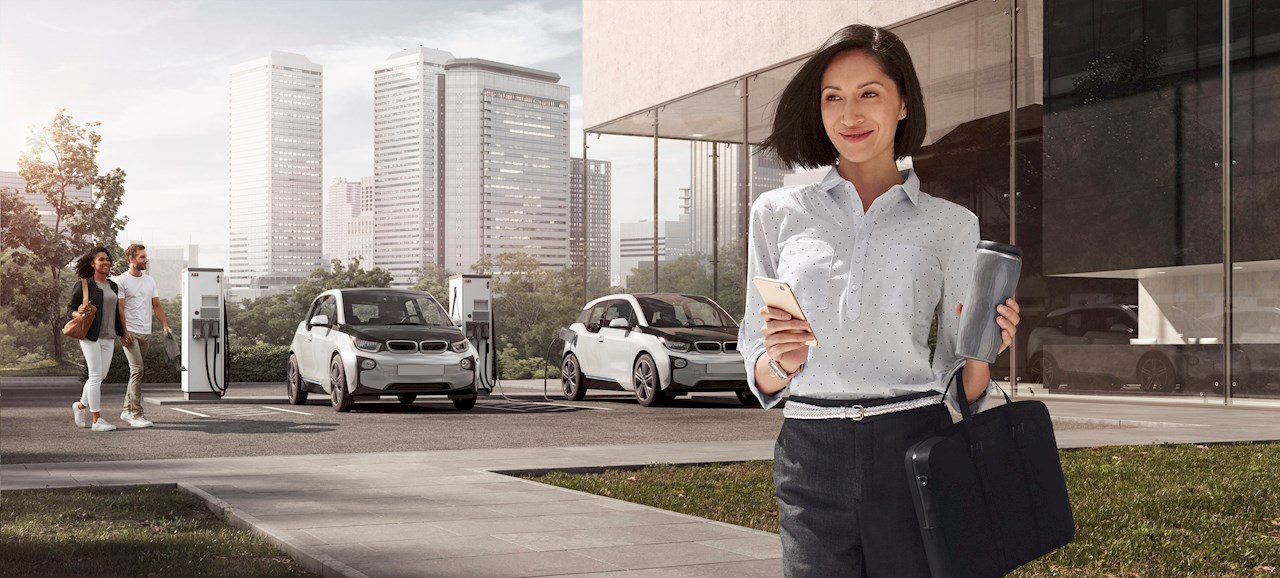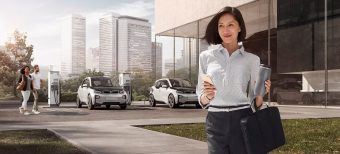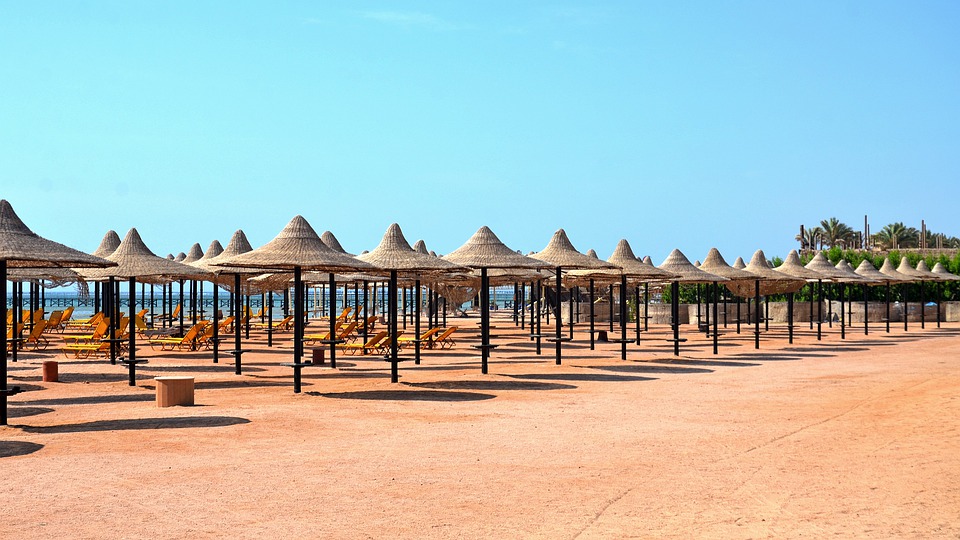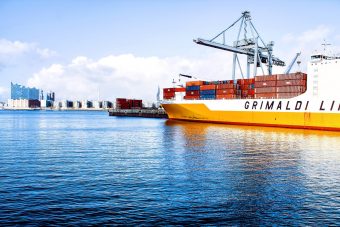
ABB is to install its state-of-the-art engine diagnostics software ABB Ability™ Tekomar XPERT on 12 bulk carriers operated by Shanghai Ming Wah Shipping Co. The fleetwide deployment follows a successful trial on two ships in 2019.
Under the first order for four ships, ABB Ability™ Tekomar XPERT helped Shang Ming Wah save 0.62 tons of fuel per day on each of the ships. The lower fuel use will lead to a dramatic improvement in environmental impact, reducing fleetwide CO2 emissions by an anticipated 5.800 tons a year.
Chen Qiuhua, General Manager, Shanghai Ming Wah Ship Management Center, said: “With changing market conditions, Shanghai Ming Wah is embracing digital technologies while improving management efficiency, which will enable us to retain our full strength and market competitiveness. ABB’s digital solution helps our fleet optimize operations while creating a better experience for our customers.”
More:
The ABB Ability solution analyzes turbocharger and engine performance to provide pre-emptive warnings and recommendations to improve operation. Key engine indicators are provided via intuitive dashboards, allowing the crew to monitor, optimize and benchmark engine performance while preventing engine problems. In one notable example, the solution detected an unusual high cylinder pressure in one engine which increases the mechanical load on cylinder components and can lead to operational hazards. ABB’s solution runs on any engine, regardless of type or age and is built on ABB’s Ability™ platform with the highest standards of cybersecurity.
Source: ABB

